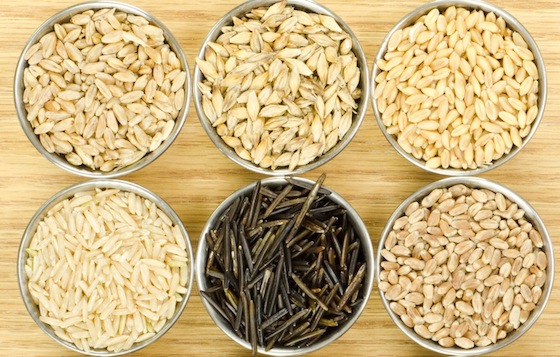 Sturdy wild wheat and barley are essential for humanity’s survival. New study shows we are losing genetic diversity
Sturdy wild wheat and barley are essential for humanity’s survival. New study shows we are losing genetic diversity
Israel’s wild wheat and barley are known to be the ancestors of our modern grains. When Man cultivated them, their genetic resistance to drought and disease carried over to cultivated varieties. This aided mankind’s struggle to grow predictable harvests and put fresh bread on the shelf every day. Great, but all that’s history, right? One would think that with the modern world’s stores of cultivated grain, and seed banks to back up those supplies, our future food sources are safe. At least in regard to that essential staple, bread.
It’s not so simple. Threats to our food supply, and that of future generations, are now coming from man-made time bombs like Monsanto’s sterile GMO seeds. Monsanto is currently working on producing GMO wheat. In addition, according to researchers at the University of Haifa’s Institute of Evolution, global warming has already caused disturbing genetic changes in wild wheat and barley. In a chain of dependency, science borrows wild grains’ genetic material to improve modern wheat and barley’s ability to survive a hotter, drier world. And to feed our hunger. The question is, how much longer will we be able to depend on them?
Prolonged drought has already caused half a million people to abandon their homes in Syria alone. More droughts are predicted around the world. Together with a rising world population and consequent rising food demands, science’s ability to transfer drought-resistant genetic characteristics from wild grains is crucial.
In a recent study led by Prof. Eviatar Nevo from the Institute of Evolution, wheat and barley grains taken from locations across Israel over 1980, 2008 and 2009 were green-house grown upon gathering. The grains flowered an average of 10 days early.
This sounds like adaptability and increased drought resistance on one hand – grains with welcome new genetic material which we can use to improve cultivated varieties.
On the dark side, the same study shows that grains grown in 2008 have less genetic diversity compared to those grown in 1980. It’s not clear if this foretells the opposite – erosion of desirable characteristics for grain survival.
Israel’s territory contains a multitude of ecosystems, but many have shrunk away because of too-few nature reserves, and those too small to preserve ecosystems in their entirety. In spite of ongoing conservation efforts by the Israel Nature Reserves Authority, there’s less open land in which wild grains can thrive.
“We have a large gene bank and are constantly trying to find ways to upgrade cultivars,” Prof Nevo told Haaretz newspaper. “The findings of the current research prove a need for much more massive action to allow wild strains to flourish in nature as well.”
This calls for special protection measures and legal management of wild spaces. Will the government wake up and put the needed conservation legislation in place?
:: Haaretz
More on wheat and food from Green Prophet:
- Pest-Resistant Super Wheat From Israel
- Egypt to Grow A New Generation of Wheat, But Where?
- Afghanis Prepare For Food Crisis
- One-Tenth of Iraq’s Wheat Attacked By Killer Fungus
Image of grains from Shutterstock


Go back to bed Miriam and tune in to the Al Gore show to put you to sleep